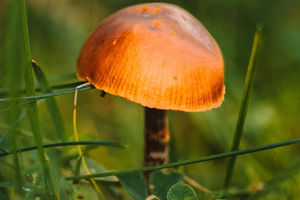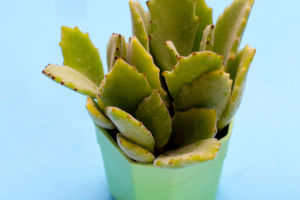The latest research indicates that houseplants can significantly enhance indoor air quality, particularly by reducing airborne nitrogen dioxide (NO2), a pollutant associated with respiratory issues.
Potted plants offer a simple, cost-effective solution for homes and offices seeking to mitigate NO2 levels.
Common varieties like white anthurium, dragon's blood tree, and snowberry demonstrated remarkable NO2 reduction capabilities in experiments, with reductions of up to 20 percent observed. Regardless of environmental conditions, including light exposure and soil moisture, plants consistently exhibited NO2 removal.
Although the exact mechanism remains unclear, ongoing studies aim to unravel the biological processes involved. Unlike previous studies focusing on volatile organic compound (VOC) pollutants, this research offers promising insights into the efficacy of houseplants in improving indoor air quality, specifically concerning NO2 reduction.
Pfrang, a chemist at the University of Birmingham in the United Kingdom, commented on the study's findings, noting, "The plants we selected were diverse in nature, yet all demonstrated a strikingly similar ability to remove nitrogen dioxide from the atmosphere."
During the study, each plant was placed in a small test chamber with NO2 levels approximating those found in residences situated near busy roads. Surprisingly, within just one hour, all plant species were able to eliminate roughly half of the nitrogen dioxide present. Extrapolating these results to an office environment with five plants in a 15 cubic meter space, researchers estimated a potential 20 percent reduction in NO2 levels. When considering larger spaces, such as a 100 cubic meter area, the reduction in pollutant levels was estimated to be around 3.5 percent. However, larger areas can accommodate more plants, suggesting the potential for further reductions with increased plant density.
Of significant note is that the observed reduction in NO2 levels occurred consistently across various environmental conditions, including variations in light exposure and soil moisture. This finding contrasts with previous research on the effects of plants on volatile organic compounds (VOCs), where environmental factors played a more significant role in air quality improvement.
Pfrang explained, "We believe that plants may utilize a different process for NO2 uptake compared to CO2 absorption, which involves gas absorption through stomata on the leaves. There was no indication that our plants were releasing nitrogen dioxide back into the atmosphere, suggesting the involvement of a biological process potentially related to the soil in which the plants are cultivated."
It's worth noting that while previous studies have questioned the efficacy of houseplants in improving indoor air quality, particularly regarding VOC pollutants, this research specifically focused on nitrogen dioxide. Real-world applications of these findings may differ from controlled laboratory settings due to variations in air exchange rates and pollutant sources. However, researchers have attempted to address this by considering larger indoor spaces and different ventilation scenarios.
Future research endeavors aim to elucidate the exact mechanisms by which plants remove nitrogen dioxide from the air and compare their efficacy with alternative solutions such as "green walls," which entail whole-wall vegetation and may offer enhanced air purification capabilities.
The potential benefits of houseplants extend beyond air quality improvement. Studies have shown that indoor plants can enhance overall well-being by reducing stress, increasing productivity, and promoting a sense of calmness and relaxation. Incorporating greenery into indoor spaces can enhance aesthetic appeal and create a more inviting and pleasant environment.


